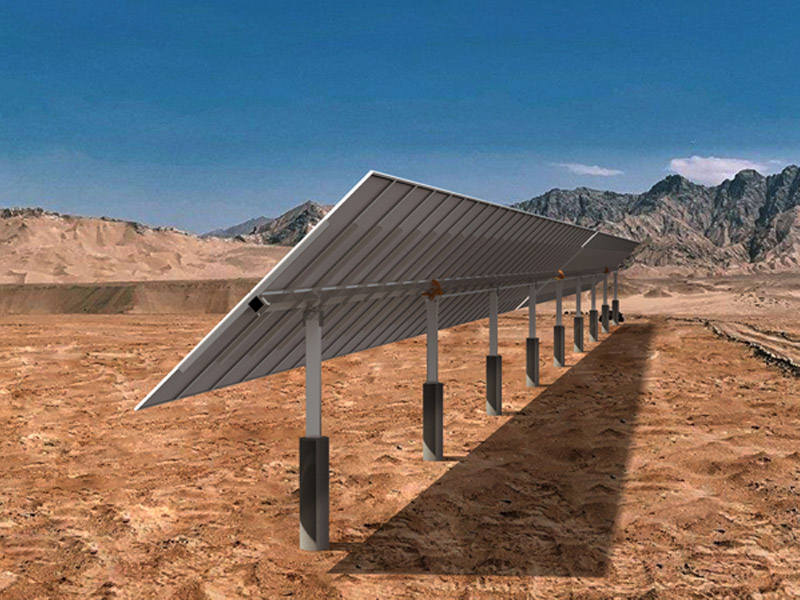تُمثل أنظمة رفوف تعقب الطاقة الشمسية قمة الكفاءة في حصاد الطاقة الكهروضوئية. فعلى عكس المصفوفات الثابتة المثبتة على الأرض أو على الأسطح، تستخدم هذه الأنظمة المتطورة مكونات كهروميكانيكية لتوجيه الألواح الشمسية ديناميكيًا، مما يضمن الحفاظ على زاوية عمودية مثالية لأشعة الشمس طوال اليوم. هذا التعديل المستمر، المُدار بواسطة خوارزميات متطورة وبيانات تحديد موقع الشمس القائمة على نظام تحديد المواقع العالمي (GPS)، يُخفف من فقدان جيب التمام الكامن في أنظمة الميل الثابت، مما يُترجم مباشرةً إلى زيادة كبيرة في إنتاج الطاقة.
تركز هندسة هذه الأنظمة على تحقيق التوازن بين أقصى استفادة من الطاقة وموثوقية الهيكل. صُممت هذه الهياكل، المصنوعة من الفولاذ المجلفن أو سبائك الألومنيوم عالية القوة، لتحمل الأحمال البيئية الكبيرة، بما في ذلك سرعات الرياح العالية وتراكم الثلوج. ومن أهم ميزاتها استراتيجية التخزين، وهي بروتوكول أمان يُوضع المصفوفة تلقائيًا في وضع أفقي آمن من العواصف عند اكتشاف ظروف جوية خطيرة، مما يحمي الأصول من التلف. صُممت أنظمة الدفع، سواءً كانت مركزية أو موزعة، لضمان حركة سلسة ودقيقة ومتانة طويلة الأمد مع الحد الأدنى من متطلبات الصيانة.
في نهاية المطاف، تُقاس قيمة جهاز التتبع الشمسي بقدرته على تحسين التكلفة المتساوية للطاقة (LCOE). فمن خلال زيادة إنتاج الطاقة السنوي بنسبة 25% إلى 35% مقارنةً ببدائل الألواح الشمسية ذات الميل الثابت، تُولّد أجهزة التتبع طاقة أكبر لكل لوحة، مما يُعظّم عائد الاستثمار لمشاريع الطاقة الشمسية التجارية والخدمية واسعة النطاق. وهذا يجعلها تقنية لا غنى عنها للمطورين الذين يسعون إلى تحسين استخدام الأراضي، وتحسين اقتصاديات المشاريع، وتسريع التحول إلى بنية تحتية للطاقة المتجددة.


 MF من 9 صباحًا إلى 6 م
MF من 9 صباحًا إلى 6 م  admin@cowellxm.com
admin@cowellxm.com
 326, No.580 Jiahe Road, Huli District, Xiamen City,Fujian Province, China.
326, No.580 Jiahe Road, Huli District, Xiamen City,Fujian Province, China.




